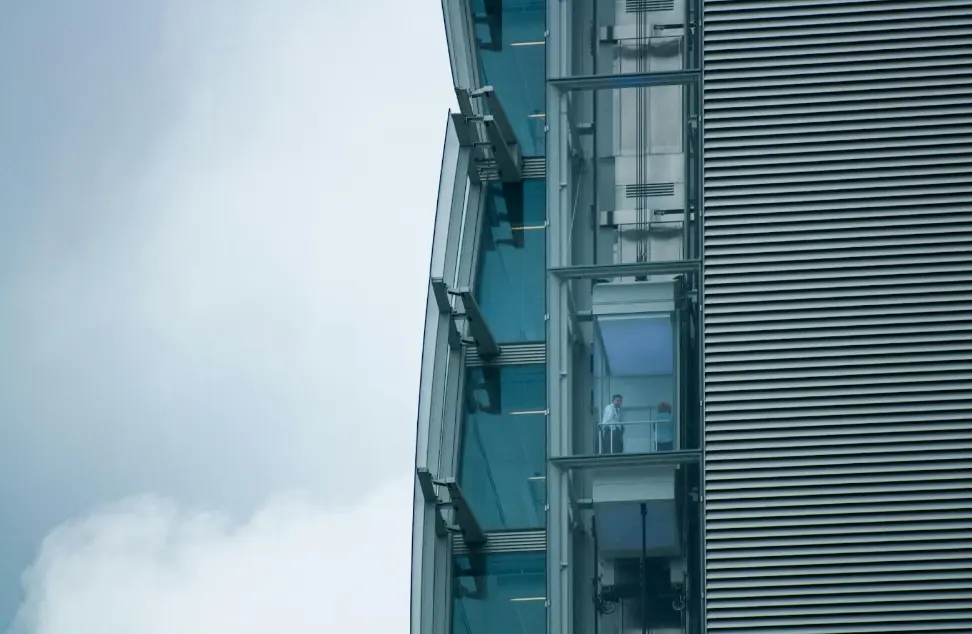Why Solid Vertical Transport is Key in the Major Urban Region
In the world’s largest cities, where every square foot of space is valuable, vertical transportation systems form the backbone of urban life. From towering residential skyscrapers to sprawling office complexes and busy transit hubs, elevators and escalators make it possible for people to move quickly, safely, and efficiently through dense environments. Without reliable vertical transport, the functionality and flow of major metropolitan regions would grind to a halt.
Modern cities like New York, Tokyo, and London rely heavily on high-performance elevator systems to sustain growth and maintain quality of life. Whether moving thousands of residents each morning or transporting freight to upper floors, elevators aren’t just mechanical conveniences; they’re crucial infrastructure.
The Role of Elevators in a High-Density Environment
As urban populations expand, cities are building upward rather than outward. Vertical development allows for more efficient use of limited land, but it requires advanced elevator systems capable of handling heavy traffic volumes with minimal wait times. In places like Manhattan, where high-rises dominate the skyline, dependable elevators are not just expected, they’re indispensable.
Reliable maintenance and modernization are vital to keep these systems running smoothly. Companies that specialize in elevator services across the New York Metropolitan area play an integral part in supporting this infrastructure. They ensure that both residential and commercial buildings meet safety regulations, adhere to performance standards, and remain energy-efficient. A well-serviced elevator improves convenience and enhances property value and tenant satisfaction.
As buildings grow taller and technology advances, urban centers demand smarter, faster, and more sustainable elevator systems. This includes predictive maintenance powered by data analytics, energy-efficient motors, and touchless control systems, all innovations that keep pace with the evolving needs of city life.
Supporting the Movement of People and Commerce
In major metropolitan regions, vertical transportation isn’t just about convenience; it’s a lifeline for economic activity. Every day, millions of workers rely on elevators to reach their offices, while retail complexes and entertainment venues depend on them to provide seamless customer experiences. When elevators malfunction or slow down, productivity and accessibility suffer.
Efficient vertical transport ensures consistent business flow. For example, hospitals need elevators that can handle emergency operations, while hotels depend on them for quick service delivery. Similarly, residential buildings rely on smooth, quiet, and safe elevator rides to maintain comfort and quality of living.
The movement of goods is equally critical. Freight elevators designed for heavy loads help streamline logistics within multi-level facilities. This efficiency becomes even more valuable in cities where space for ground-level loading is scarce. Elevators thus serve as arteries of both human and commercial movement within vertical urban ecosystems.
Technological Innovations Driving Urban Mobility
The future of vertical transport is being shaped by technology. Smart elevators equipped with artificial intelligence and IoT connectivity now monitor performance in real time, predicting potential issues before they cause downtime. These systems allow for remote diagnostics and proactive maintenance, significantly improving reliability and safety.
Destination dispatch technology is another game-changer. Grouping passengers traveling to the same floors reduces waiting times and optimizes energy consumption. This innovation has become a standard in many of the world’s modern office towers.
Safety and Compliance as a Top Priority
Safety remains at the core of elevator operation and maintenance. In a bustling metropolitan region, where thousands of passengers rely on elevators daily, even minor malfunctions can have significant consequences. Regular inspections, code compliance, and component upgrades are vital to preventing accidents and ensuring smooth functionality.
Local regulations require strict adherence to safety standards that cover everything from mechanical performance to emergency communication systems. Modern elevators often feature multiple redundancies, including automatic braking systems, fire-resistant materials, and real-time monitoring sensors that alert technicians to irregularities instantly.
Enhancing Accessibility and Inclusivity
Beyond speed and efficiency, vertical transport fosters inclusivity by making buildings accessible to everyone. Elevators provide critical mobility for individuals with disabilities, parents with strollers, and elderly residents. Ensuring universal access is not just a regulatory requirement; it’s a social responsibility for modern urban design.
The Americans with Disabilities Act (ADA) and similar legislation worldwide have established standards for accessible elevator design, including braille buttons, audible floor indicators, and wide doorways for wheelchair users. As cities grow denser, inclusive vertical mobility remains crucial for creating equitable, people-centered spaces.
Elevators in public transit systems, hospitals, and government facilities serve as vital connectors that guarantee independence and dignity for all individuals navigating urban environments.
The Economic and Environmental Impact of Efficient Vertical Transport
Well-maintained elevator systems have tangible economic and environmental benefits. Energy-efficient models reduce electricity usage, lowering operational costs for building owners and cutting carbon emissions. This sustainability aligns with the broader green goals many major cities are now pursuing.
From a financial perspective, buildings with modern, high-performing elevators attract higher property values and long-term tenants. In commercial towers, faster elevator systems increase productivity by minimizing idle time. For property managers, investing in upgrades often leads to a strong return due to improved energy efficiency and reduced repair costs.
With ongoing technological innovation, sustainability initiatives, and dedicated service providers maintaining safety and reliability, vertical mobility continues to evolve alongside the cities it serves. A solid elevator infrastructure ensures that urban centers remain accessible, efficient, and ready to meet the demands of future growth, proving that strong vertical transport is the true measure of a modern city’s success.




